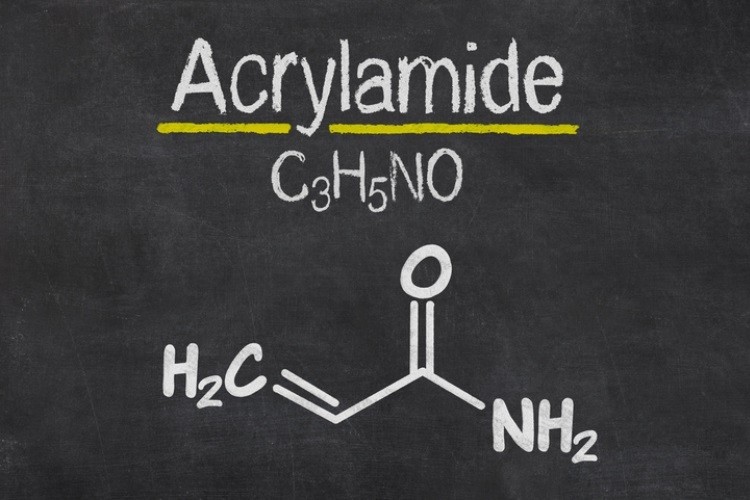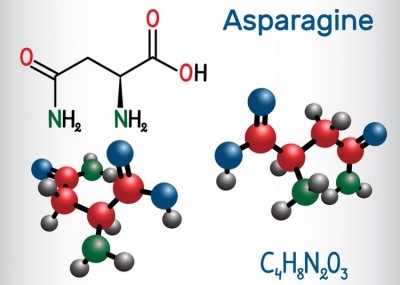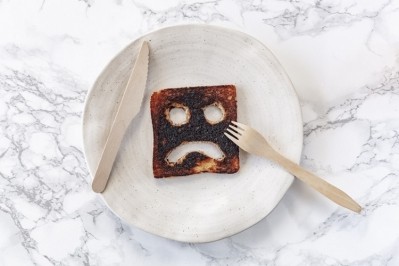Guest article
New European regulation on acrylamide: What manufacturers should know

The new European regulation on acrylamide reduction will go into effect on April 11, 2018.
Acrylamide is a suspected carcinogen that forms when starchy foods are treated at high heat.
The new EU regulation sets lower ‘benchmark values’ in product categories that include French fries, potato crisps and other products made from potato dough, bread, breakfast cereals, fine bakery wares such as cookies, biscuits, cereal bars, coffee and coffee substitutes, and baby food.
What this means for your business
Starting in April, food business operators who ‘produce and place’ foods in these food categories on the European market must provide evidence that they have taken steps to reduce acrylamide in their production and products.
The products must have acrylamide levels lower than the benchmark levels and “as low as reasonably achievable” (the ALARA principle).
Food businesses must provide enough data for the acrylamide level to be assessed. They must also provide data to show how likely the level might exceed the benchmark. The mitigation procedures must start “without delay.”
The new regulation specifies how sampling and analysis must be done. European member states will check compliance as part of regular controls of feed and food law.
Because testing is expensive and many laboratories lack the necessary equipment, the new regulation exempts independent small businesses from the required sampling, testing and recording. But even these need to ensure that foods such as chips and toast are not cooked to a dark brown color. (Annex II, Part A of the regulation specifies the required cooking procedures.)
The European Commission has said it will review the new guidelines within three years. This could lead to further drops in the benchmark levels, or the setting of maximum legal limits.
Consumer awareness
For now, consumer awareness about acrylamide is low to moderate. However, this could change, as with any situation involving a suspected carcinogen in food.
The new EU regulation makes it clear that responsibility for lowering acrylamide levels lies with food business operators.
Not Europe alone
The US FDA recommends – but does not regulate – how much acrylamide can be in food.
The FDA limits acrylamide in materials that come in contact with food. California requires businesses to alert customers if their products contain any of the chemicals listed in Proposition No. 65, including acrylamide, linked with cancer.
As a result, coffee sellers in California such as Starbucks and 7-Eleven, may agree to sell their coffee together with a cancer warning, depending on the outcome of a protracted lawsuit this year.
Solutions
The new EU regulation leaves the food industry with the challenge of maintaining product brands while meeting the new restrictions.
How acrylamide forms
Acrylamide forms naturally in foods during frying, baking or extrusion with low moisture content and high temperatures (around 120°C and higher). Acrylamide is a by-product of the Maillard reaction.
The process involves reducing sugars and the amino acid asparagine.
Asparaginases are able to reduce acrylamide levels because they convert asparagine into aspartic acid before heating and the Maillard reaction.
This bypasses the formation of acrylamide. Asparaginases are specific to asparagine, and do not affect any other amino acids.
Reducing acrylamide should avoid affecting consumer acceptance of texture, taste, flavor and smell; pricing; labelling; chemical and microbial safety; nutritional quality and other factors.
The level of acrylamide varies in different products with different production processes (for example, bread, French fries and roasted coffee).
Solutions must be tailored to the specific manufacturing process.
A lot of information is already available on how to reduce acrylamide, including:
- The new EU regulation describes possible mitigation methods for each product category.
- In the US, the FDA published a guide in 2016 to reduce acrylamide.
- The umbrella organization of the EU food industry, FoodDrinkEurope, published a mitigation guide in 2013, and since then regular updates.
- A group of academic researchers published a review of the FoodDrinkEurope toolbox in 2015, to evaluate procedures for efficacy and cost/benefit ratio. Their conclusion: “The use of enzyme asparaginase and the selection of low-sugar varieties were considered the best mitigation strategies in bakery and in potato products, respectively. According to the authors’ opinion, most of the other mitigation strategies, although effective, either have relevant side effects on the sensory profile of the products, or they are not easy to implement in industrial production.”
All these sources help manufacturers identify and evaluate a range of interventions, including changes in agronomy, raw materials, processes or recipes.
Effective mitigation in baked goods and potato-based snacks
All the sources mention asparaginases, enzymes that reduce acrylamide levels in baked goods, potato-based snacks and coffee.
Asparaginase is a processing aid and requires no significant process or recipe changes. Depending on the specific asparaginase, they are suitable for many processing temperatures and pH levels. They can be easily added to most production processes.
Asparaginases have been on the market for years, and are patented.
Conclusion
New EU regulations are creating a new challenge for food business operators.
For now, consumer awareness of acrylamide is low to moderate; however, this could change as in any situation involving a suspected carcinogen.
Fortunately, solutions to comply with the regulations can be cost-efficient to implement, depending on the product and process.
Useful links
European Commission’s page on acrylamide
The new regulation as published in the Official Journal of the European Union
FoodDrinkEurope (FDE) – Acrylamide Toolbox
Critical Appraisal of the FDE Toolbox by ResearchGate
European Food Safety Authority (EFSA) - Acrylamide












